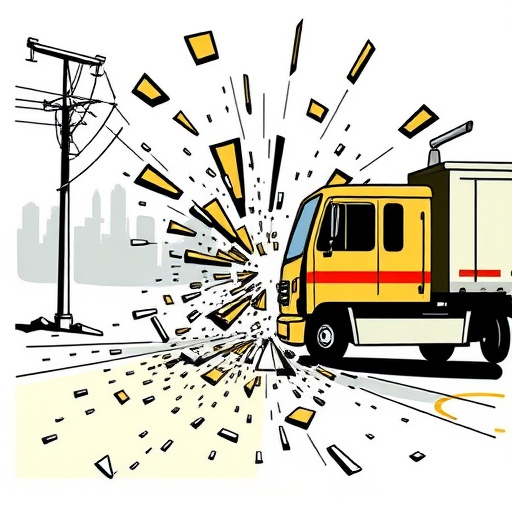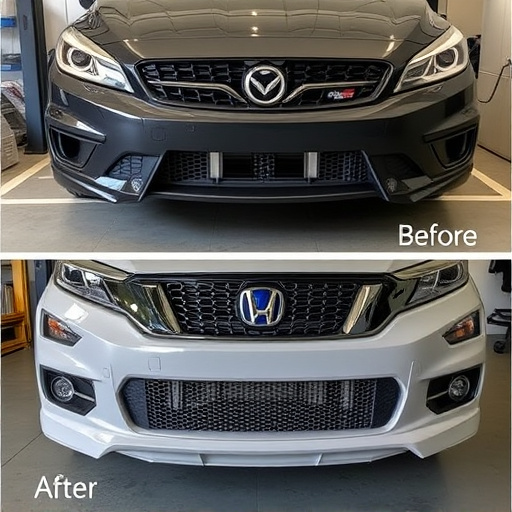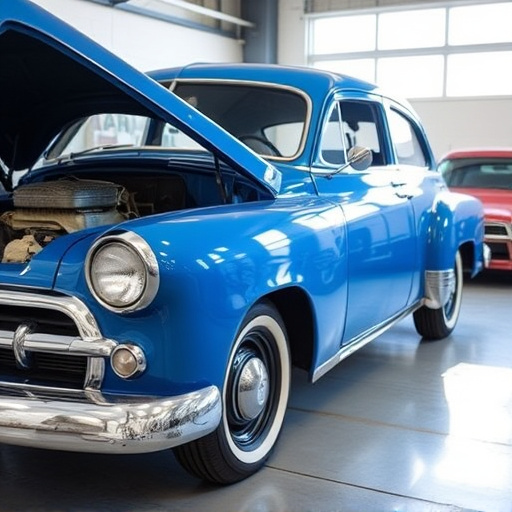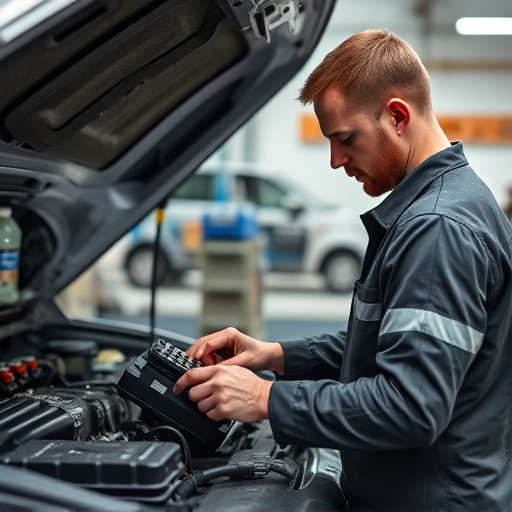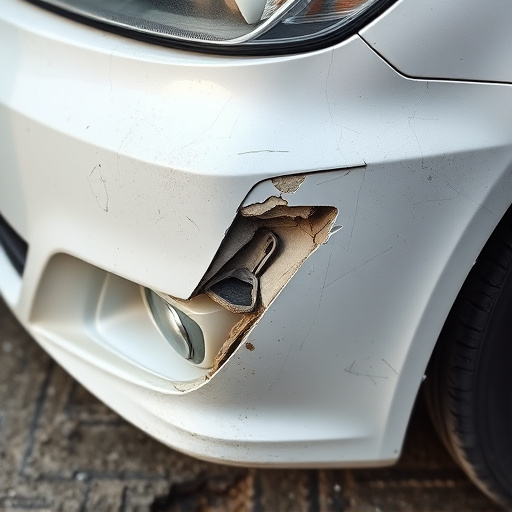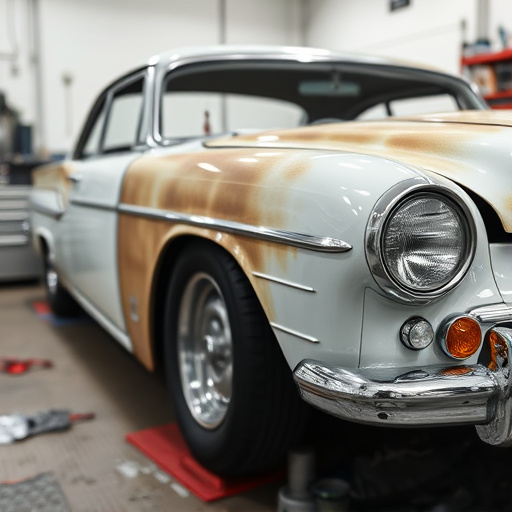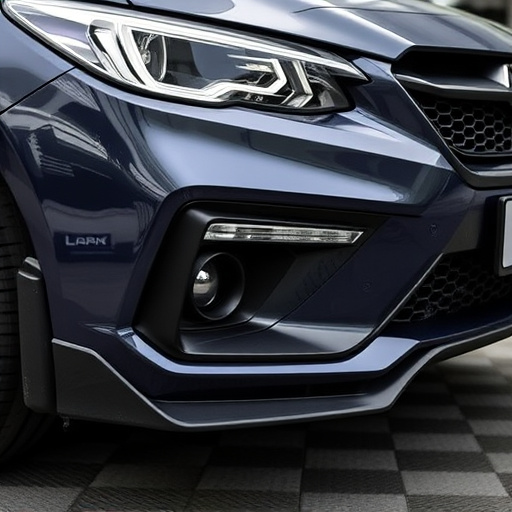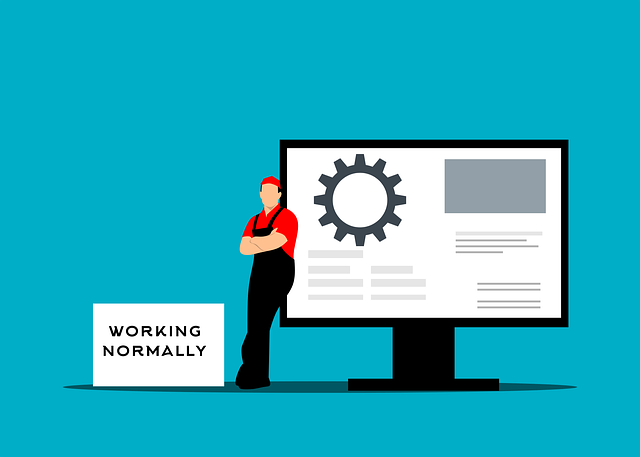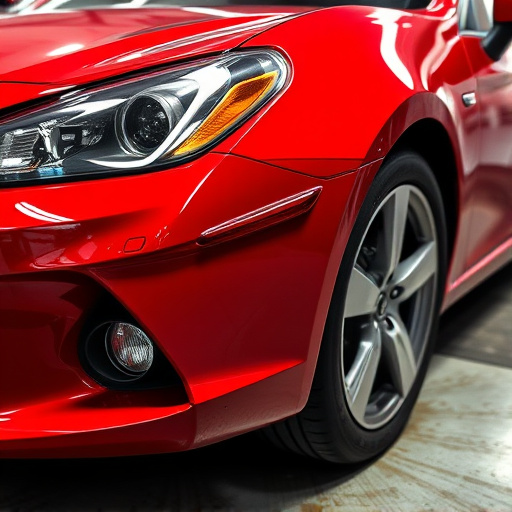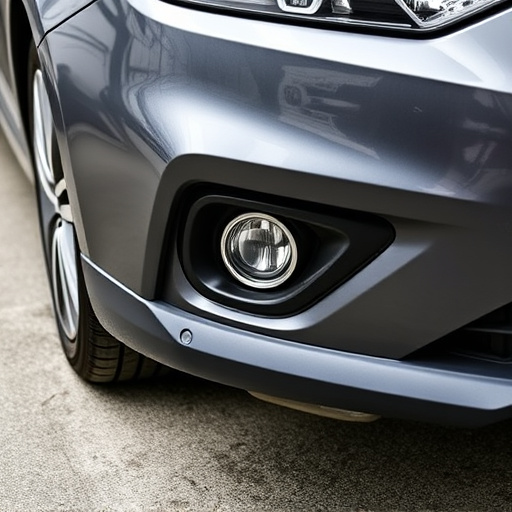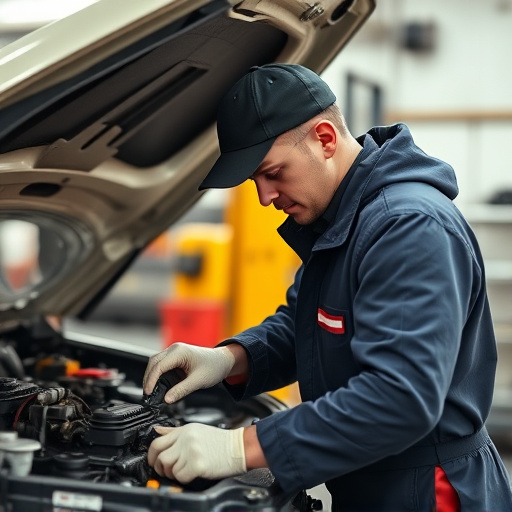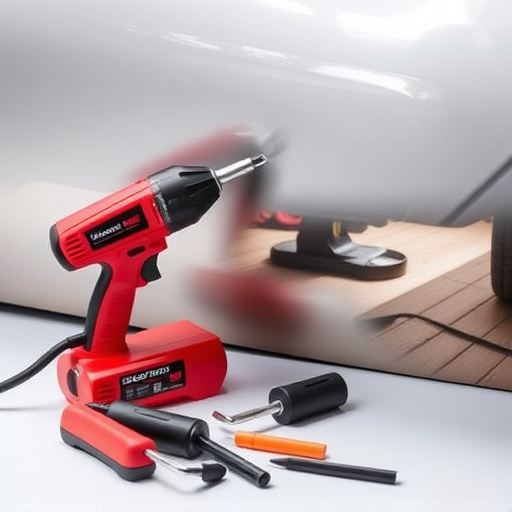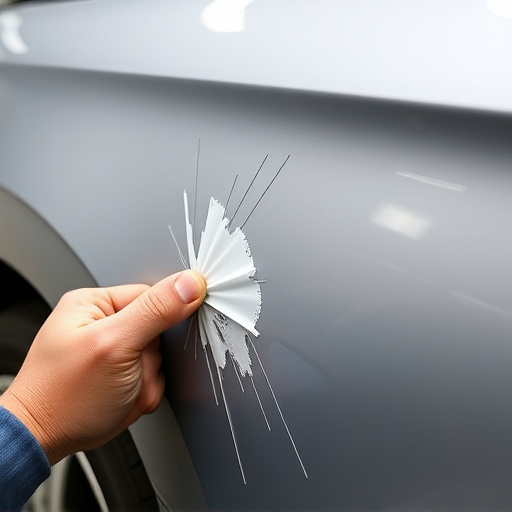Paintless Dent Repair (PDR) is an innovative, eco-friendly technique for steel panel repair in automotive and industrial settings. By using specialized tools, technicians expertly remove dents and scratches without traditional painting, preserving material integrity and original finishes. PDR offers a cost-effective solution for minor to severe damage, minimizing waste and repair times, making it a popular choice for enhancing vehicle aesthetics while maintaining structural strength.
“Discover the revolutionary technique known as PDR, transforming the way we restore steel panels. In this comprehensive guide, we explore what technicians rave about with PDR and why it’s a game-changer in the industry. From understanding the process to unlocking its benefits and best practices, we delve into the art of PDR for steel panels. Learn how this innovative approach enhances aesthetics, conserves materials, and streamlines restoration projects.”
- Understanding PDR: A Technique for Steel Panels
- Benefits of PDR: Why Technicians Love It
- Best Practices: Techniques for Optimal Results
Understanding PDR: A Technique for Steel Panels
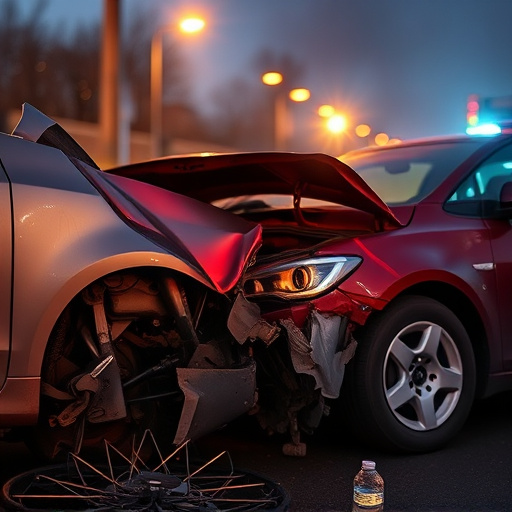
PDR, or Paintless Dent Repair, is a cutting-edge technique revolutionizing the way steel panels are restored in both automotive and other industrial applications. This non-invasive method allows technicians to remove dents, dings, and scratches from metal surfaces without the need for traditional auto painting or extensive body work. By utilizing specialized tools and advanced training, PDR specialists can effectively return damaged steel panels to their original condition, maintaining the integrity of the material while enhancing aesthetics.
Unlike conventional car body restoration methods, PDR leverages the flexibility of steel, enabling technicians to massage out dents from behind the panel without leaving visible evidence. This not only conserves time and resources but also preserves the original finish, extending the lifespan of the panel. Whether it’s a minor dent caused by a parking lot mishap or extensive damage from an accident, PDR offers a cost-effective solution for both car body restoration and industrial metal repair, ensuring that damaged steel panels can be restored to their former glory without excessive auto painting or intricate auto detailing.
Benefits of PDR: Why Technicians Love It
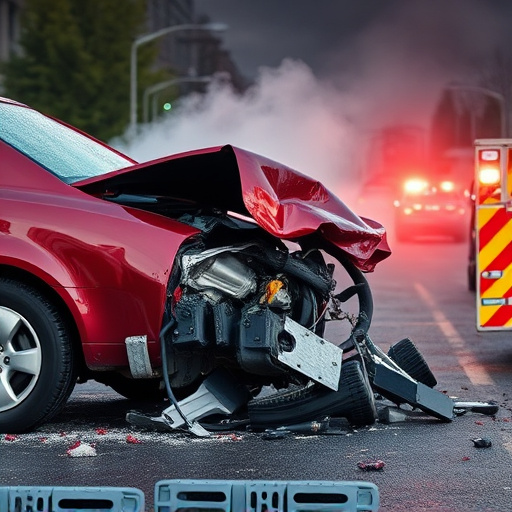
Professional technicians across the industry have been raving about the transformative power of PDR (Paintless Dent Repair) for steel panels. This innovative technique has revolutionized vehicle repair, offering a non-invasive approach that conserves both time and materials. Unlike traditional auto glass replacement or automotive repair methods, PDR is a highly specialized process that allows technicians to restore dented surfaces to their original state without the need for painting or extensive body work.
The benefits of PDR are multifaceted. It’s an eco-friendly solution as it minimizes waste and reduces the carbon footprint associated with conventional repairs. Moreover, PDR is significantly faster, often completing the repair in a fraction of the time compared to traditional methods. This efficiency translates into cost savings for both customers and businesses, making it an increasingly popular choice in the automotive industry. Technicians appreciate its precision, enabling them to achieve near-perfect results that enhance the overall aesthetics of the vehicle, much like a symphony of flawless notes.
Best Practices: Techniques for Optimal Results
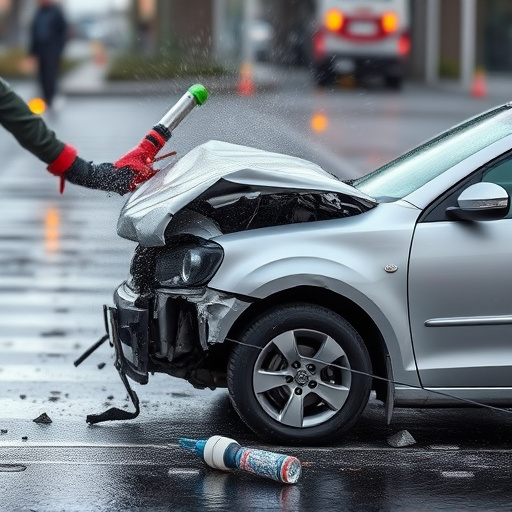
When it comes to achieving optimal results with PDR for steel panels, technicians emphasize several best practices. First and foremost, proper preparation is key. This involves thoroughly inspecting the panel to identify any pre-existing damage or contaminants that could hinder the repair process. Cleanliness and decontamination are critical steps to ensure the integrity of the final fix. Technicians recommend using specialized tools designed for PDR to prevent further distortion or marring of the panel during the repair.
Another crucial aspect is understanding the material properties of steel. Different grades and thicknesses will respond uniquely to PDR techniques. Experienced technicians adapt their approaches based on these variations, ensuring that the repaired area matches the surrounding panel in terms of strength and aesthetics. Additionally, allowing adequate drying time between applications can significantly improve the final finish, leading to a more professional and durable car restoration outcome.
PDR (Paint Damage Repair) has emerged as a game-changer in the automotive restoration industry, and its benefits are now being recognized for steel panels. Technicians praise PDR for its ability to restore damaged surfaces to near-perfect conditions without the need for costly replacement. By understanding the technique, employing best practices, and leveraging the advantages of PDR, professionals can achieve exceptional results, ensuring that every panel looks as good as new. This innovative approach to repair is revolutionizing how we maintain and preserve our steel structures in today’s digital era.
